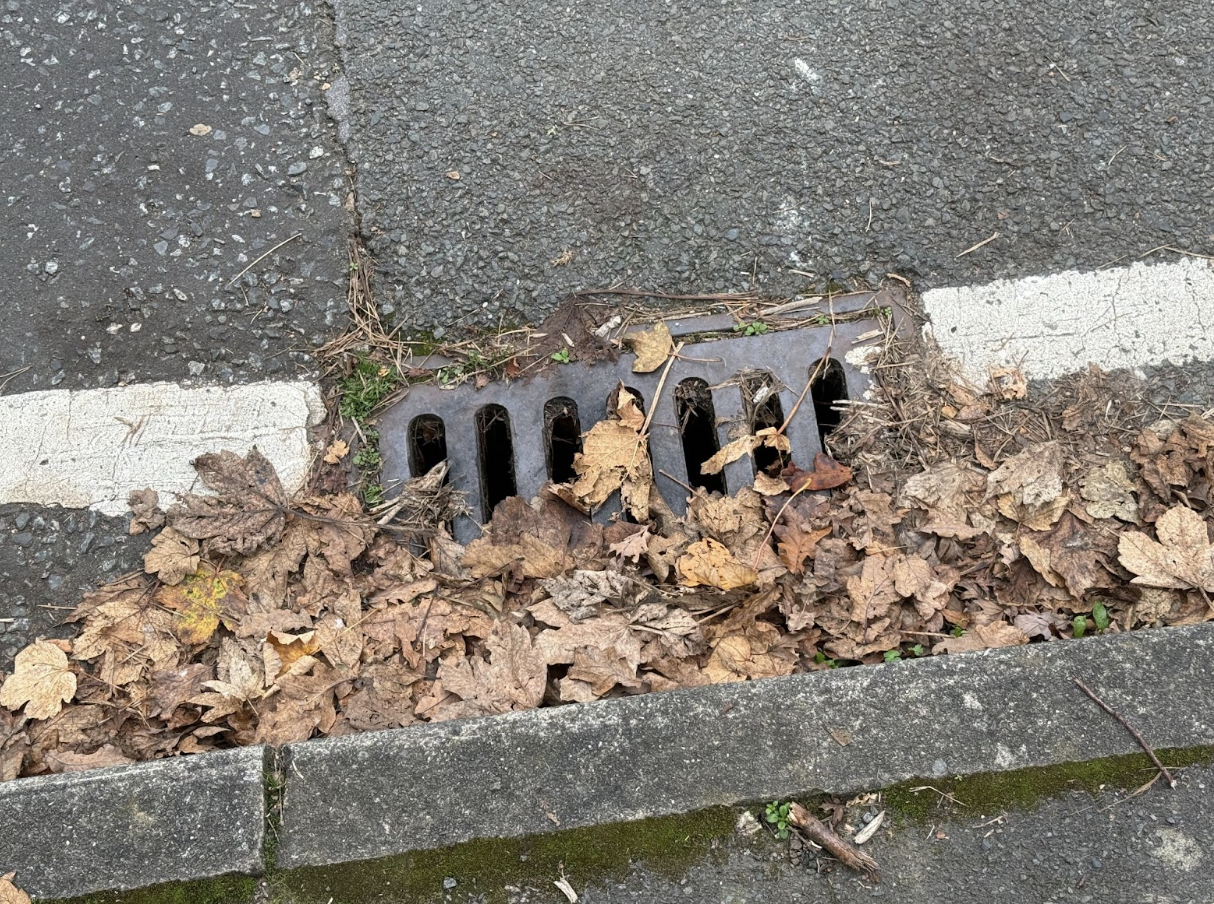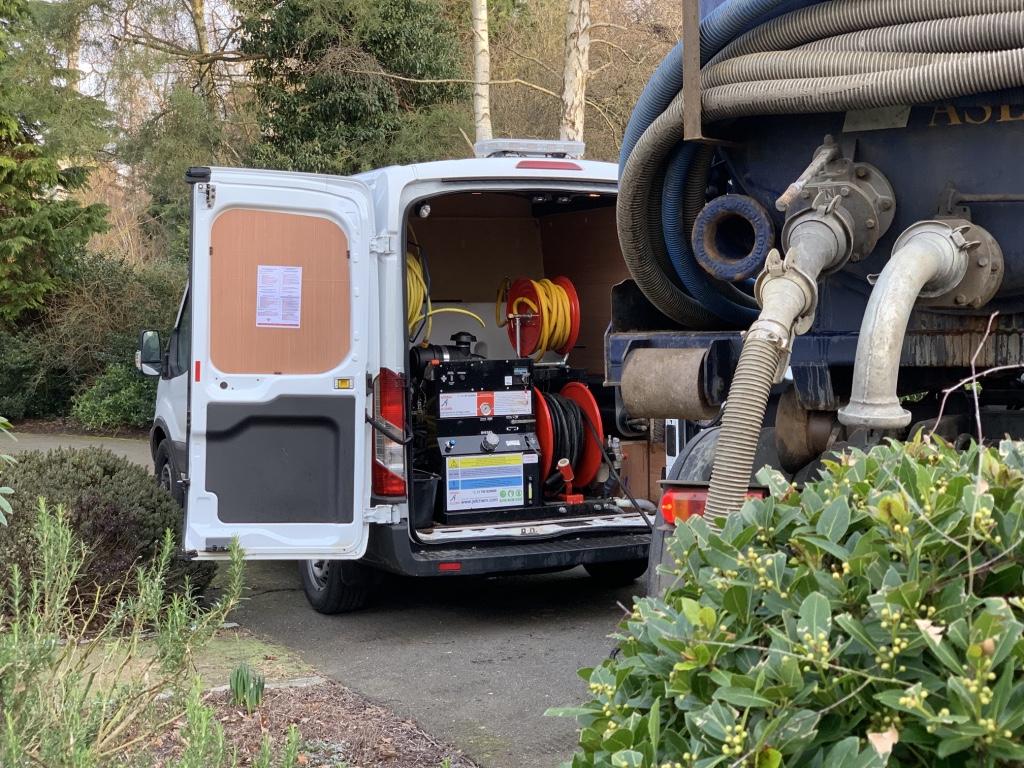What is Road Gully Sucking?

Gully sucking, also known as vacuum road gully cleaning, is a method used to clean and maintain drainage systems on public roads, including private cul-de-sacs. It uses a powerful vacuum system to remove debris, silt, and accumulated waste from a gully. It is an operation that involves a two-man crew using a suction tanker equipped with a high-pressure jetting machine.
Benefits of Road Gully Cleaning
- Regular gully sucking helps prevent drain blockages and backups by removing debris, silt, leaf mulch, and other accumulated materials.
- It maintains the proper flow of water through the drainage system.
- To protect roadways from unnecessary ponding of water.
- It protects walls, properties, and cars.
When to Consider Gully Sucking
- Proactive maintenance: Regular gully sucking helps prevent potential issues from developing.
- Reactive maintenance: Gully sucking is necessary when a problem has already occurred.
Signs that indicate the need for gully sucking
- Expected exceptional rainfall.
- Accumulation of leaves and heavy rain, which poses a risk of flooding, and nearby property damage.

Types of Road Gully Equipment Used on Public Roads
- Suction tanker.
- High-pressure jetting machine
Factors influencing the choice of equipment and safety equipment
- The size and depth of the gully.
- The type of debris and silt present
Signs That Your Gully Need Cleaning
- Vigilance and observation are key to identifying signs of gully damage.
- Regularly inspect your gullies for any signs of damage, such as cracks, potholes, or debris accumulation.
- If you notice any of these signs, contact a professional gully-sucking service to schedule a cleaning.

Professional companies almost always make reservations in advance
Our office staff has compiled a list of key points about gully sucking, including its impact on leaves, hot weather, and construction workers working near the main road, as well as the importance of regular maintenance.
Large trees, with their abundant leaves, can significantly influence the frequency of gully sucking.
Roads in poor condition, the presence of large trees can lead to increased gully-sucking activity.
For residential properties, the recommended frequency for routine maintenance involves emptying gullies when they become full, especially during extremely hot weather or when leaves are falling heavily on the ground. This helps protect the drains from gully-to-gully blockages.
The type of road and its condition play a crucial role in determining the frequency of gully sucking.
Gully sucking is considered an eco-friendly method of drain maintenance due to the absence of harsh chemicals. It also has a positive environmental impact compared to other methods.
Preventing drain blockages and backups is another important aspect of gully sucking. It plays a crucial role in maintaining proper water flow and ensuring the efficient functioning of drainage systems by removing debris, silt, and leaf mulch that can accumulate over time. This ensures the proper flow of water through the drainage system.
Precautions should be taken before and after gully-sucking services. Pre-service preparations include clearing the work area of obstacles and ensuring that the equipment is in good working condition. Post-service monitoring and maintenance involve checking the condition of the drains and making any necessary repairs.
The cost of professional gully-sucking services can vary depending on factors such as the size of the area, the type of road, and the condition of the drains. It’s important to request accurate quotes from reputable companies to avoid overspending. Get in touch with our friendly team to arrange an appointment.
Alternatives to gully sucking include other maintenance methods such as posthole boring, jetting, and excavation. However, gully-sucking is the most effective method for most situations, especially when a tank is present and the drains are being sucked while using a posthole boring or jetting machine.
Gully sucking is a highly effective and eco-friendly method for maintaining drainage systems. It offers numerous benefits and is a cost-effective road and cul-de-sac maintenance solution.

